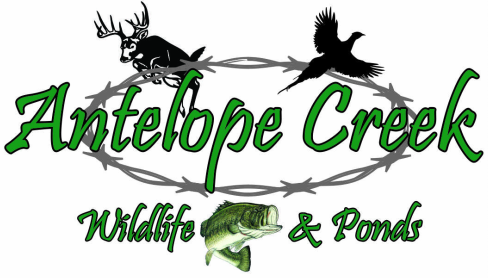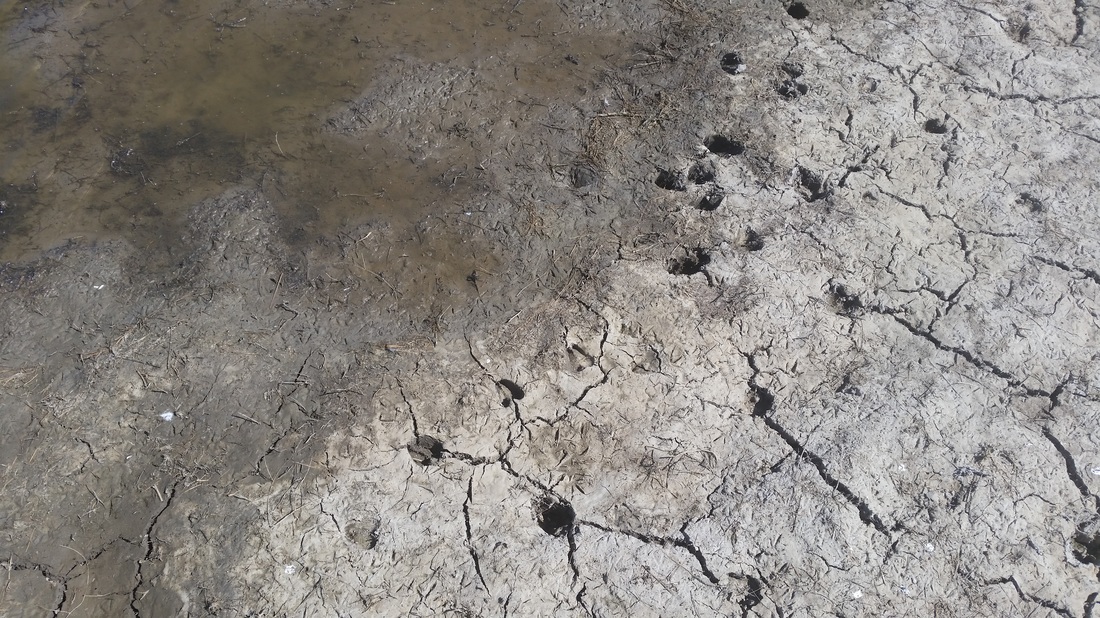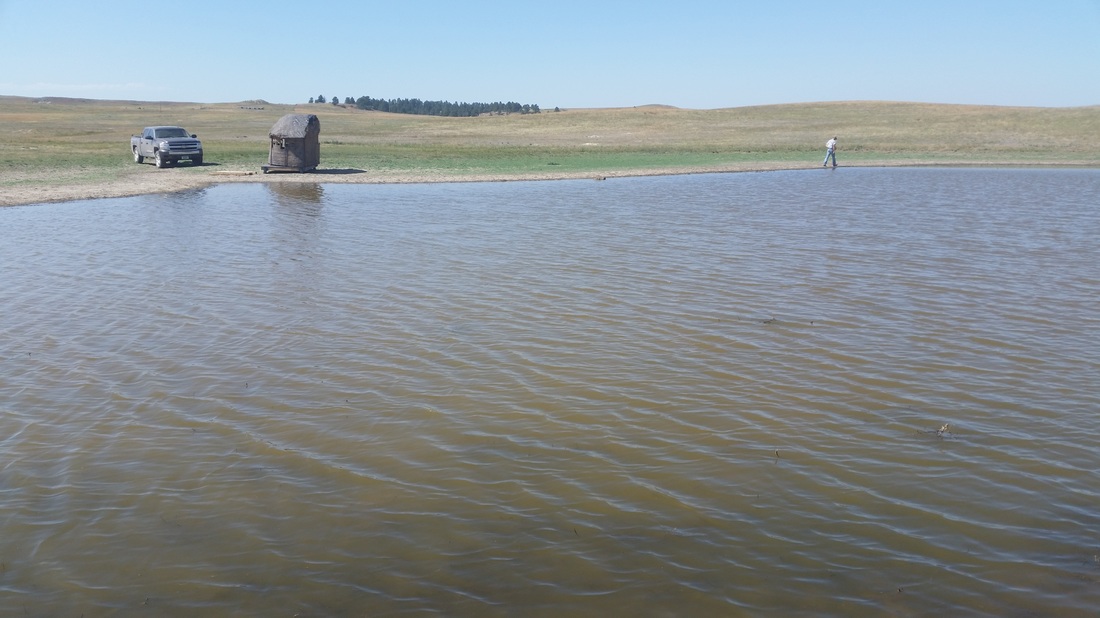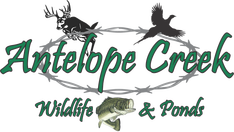First off you need to look around the water hole for tracks along the edge. This will tell you whether the antelope are actively using it. When looking for that perfect water hole, start small. Smaller water holes often seem to be more actively by antelope than do larger ones, especially if cattle are using the larger one. Also the smaller the water hole the easier it will be to cover the entire water hole when that trophy does come to water.
If a larger water hole is the only option you can still use it, however blind placement will be more critical, especially if you cannot effectively cover the entire water body by centering your blind on the water. You will still want to look for the tracks in the mud but blind placement will be key. Find where the tracks are most concentrated and try to split them with the blind in the middle. That way you will have an opportunity at a shot at all locations
When an antelope is approaching the water hole be patient. They will be very cautious when coming to drink because this is a great place for predators to ambush them . Also when they go to drink they will do what I call a head bob. They will go put their head down towards the water and “bob” up to scan for predators. They will generally do this at least once and could be up to 3 times. Once you see they are drinking, watch the neck muscles and ripples in the water, draw back and you will have around 30 seconds to place that perfect shot!
Hunt Hard, Hunt Safe & Hunt Smart!
Brett Kleinschmit



 RSS Feed
RSS Feed
